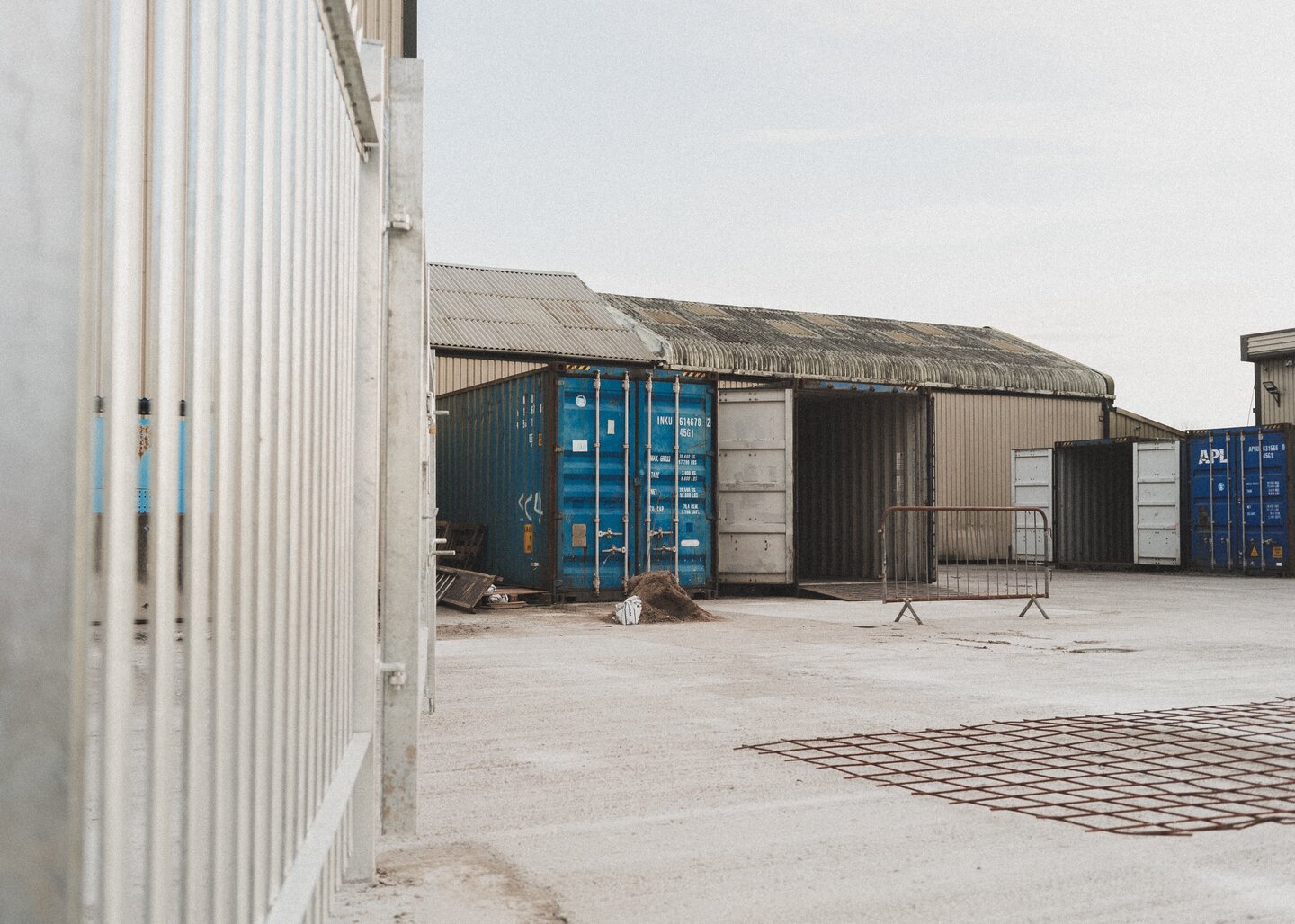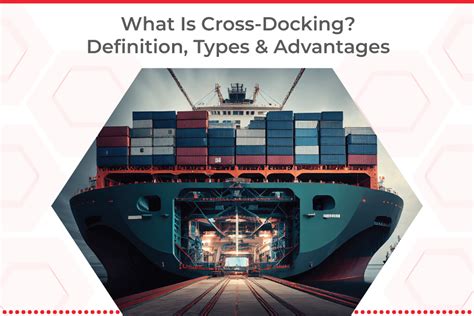Cross Docking Definition

In the world of logistics and supply chain management, cross docking is a strategic technique that has revolutionized the way goods are handled and distributed. This process, often employed by third-party logistics providers (3PLs) and businesses alike, offers numerous advantages and has become a key player in optimizing supply chains. Let's delve into the intricacies of cross docking, exploring its definition, benefits, and its vital role in modern logistics.
Understanding Cross Docking: A Logistics Revolution

Cross docking is a distribution method that aims to minimize the time goods spend in a warehouse or distribution center. Instead of storing products for an extended period, the goal is to move them swiftly through a cross dock facility, often with little to no storage involved. This approach maximizes efficiency and reduces costs associated with traditional warehousing.
The Core Process of Cross Docking
When goods arrive at a cross dock facility, they are immediately sorted, consolidated, and distributed to their next destination. This rapid movement is facilitated by a carefully planned layout and efficient workflow. Goods are typically unloaded from incoming trucks or containers and directly loaded onto outbound vehicles, with little to no additional handling.
Key Benefits of Cross Docking
- Reduced Storage Costs: By minimizing storage time, businesses can save on warehousing expenses, making it an attractive option for cost-conscious operations.
- Faster Delivery Times: With products moving directly from supplier to customer, delivery times are significantly reduced, enhancing customer satisfaction.
- Efficient Inventory Management: Cross docking allows for better control over inventory levels, as goods are quickly processed and dispatched, reducing the risk of excess stock.
- Enhanced Flexibility: This method is highly adaptable to changing market demands and can accommodate varying product mixes and volumes.
- Improved Customer Service: Swift deliveries and accurate order fulfillment contribute to a positive customer experience, fostering loyalty.
Real-World Applications
Cross docking is particularly beneficial for industries with high product turnover, such as retail, grocery, and e-commerce. It ensures that fresh goods, such as perishable food items or fast-moving consumer goods, reach customers promptly. Additionally, it plays a crucial role in just-in-time manufacturing, where components are delivered directly to production lines as needed.
| Industry | Cross Docking Benefits |
|---|---|
| Retail | Rapid distribution of products to stores, ensuring shelves are stocked efficiently. |
| E-commerce | Fulfilling online orders swiftly, meeting customer expectations for fast delivery. |
| Manufacturing | Just-in-time delivery of components, reducing production delays and improving efficiency. |

Challenges and Considerations
While cross docking offers numerous advantages, it requires precise planning and execution. The success of this method hinges on efficient logistics management, accurate forecasting, and seamless communication between suppliers, transporters, and customers. Additionally, the layout and design of the cross dock facility play a critical role in optimizing the process.
The Future of Cross Docking
As supply chains become more complex and customer expectations rise, cross docking is expected to play an even more significant role. The integration of technology, such as real-time tracking and automated sorting systems, will further enhance the efficiency and accuracy of this distribution method. Moreover, the rise of e-commerce and the demand for faster, more flexible delivery options make cross docking a vital component of modern logistics.
Frequently Asked Questions

What is the main advantage of cross docking over traditional warehousing?
+
Cross docking’s primary advantage lies in its ability to significantly reduce storage costs and delivery times. By minimizing the time goods spend in a warehouse, businesses can save on overhead expenses and meet customer expectations for faster delivery.
How does cross docking impact customer satisfaction?
+
Cross docking directly contributes to higher customer satisfaction by ensuring products are delivered swiftly and accurately. This rapid fulfillment of orders meets the modern consumer’s demand for convenience and timely deliveries.
Can cross docking be adapted to different industries?
+
Absolutely! Cross docking is highly versatile and can be tailored to various industries. From retail and e-commerce to manufacturing and even specialized sectors like pharmaceuticals, the method can be adapted to meet the unique needs of each industry.



